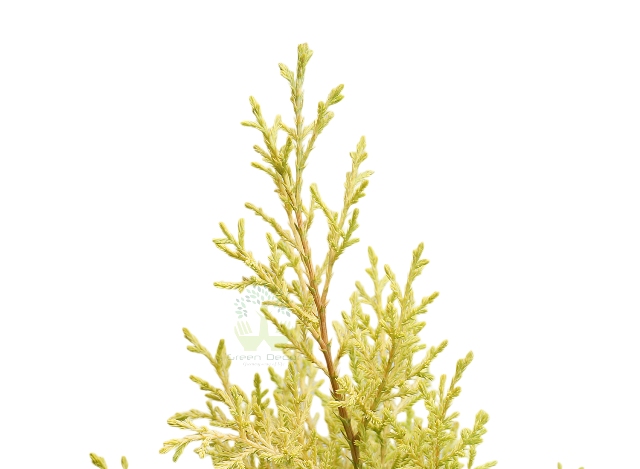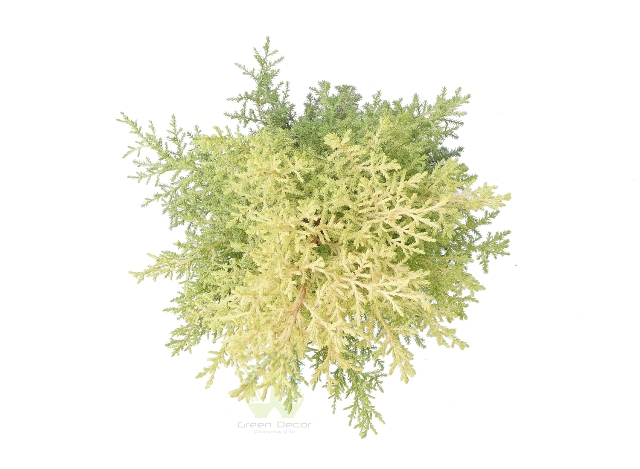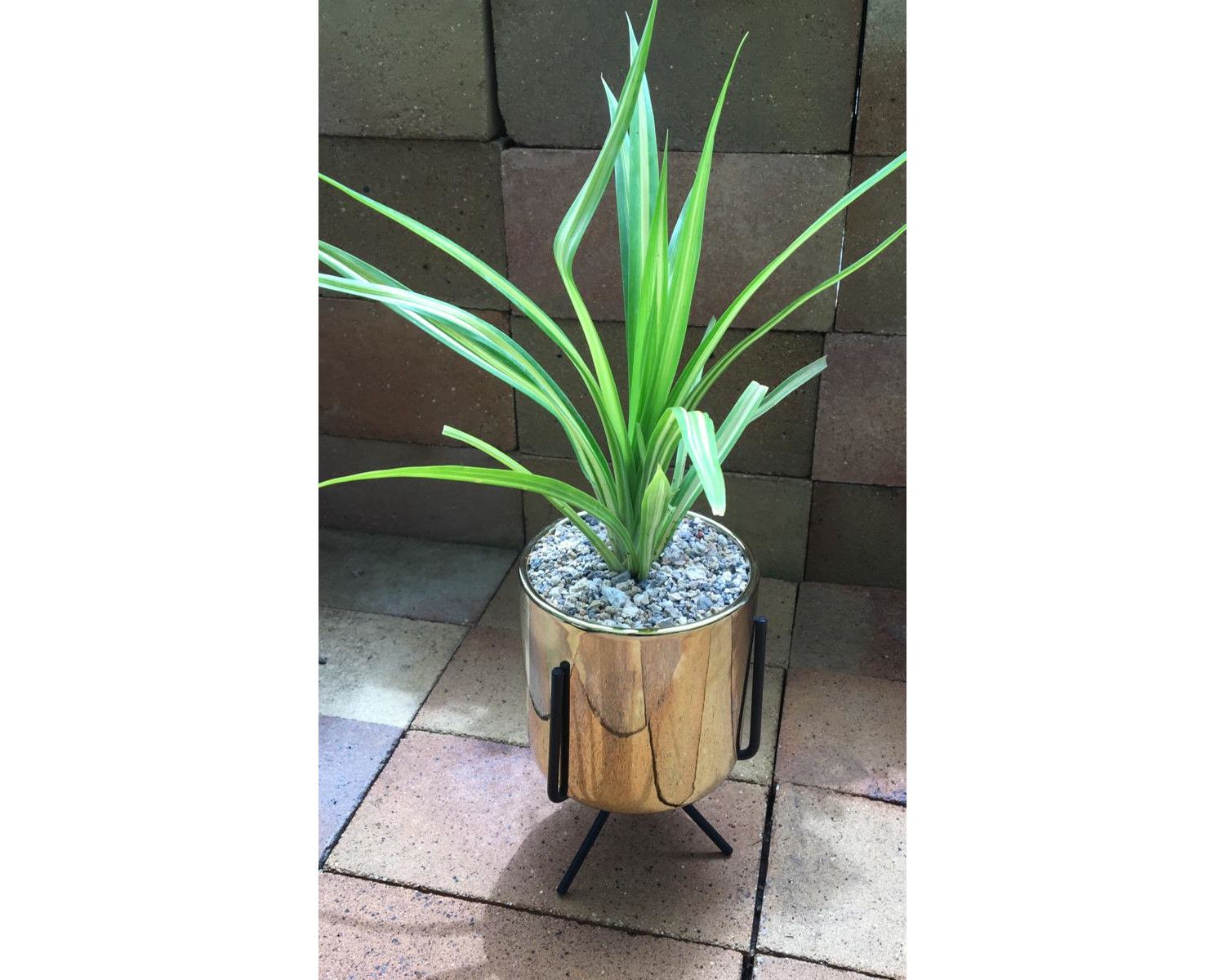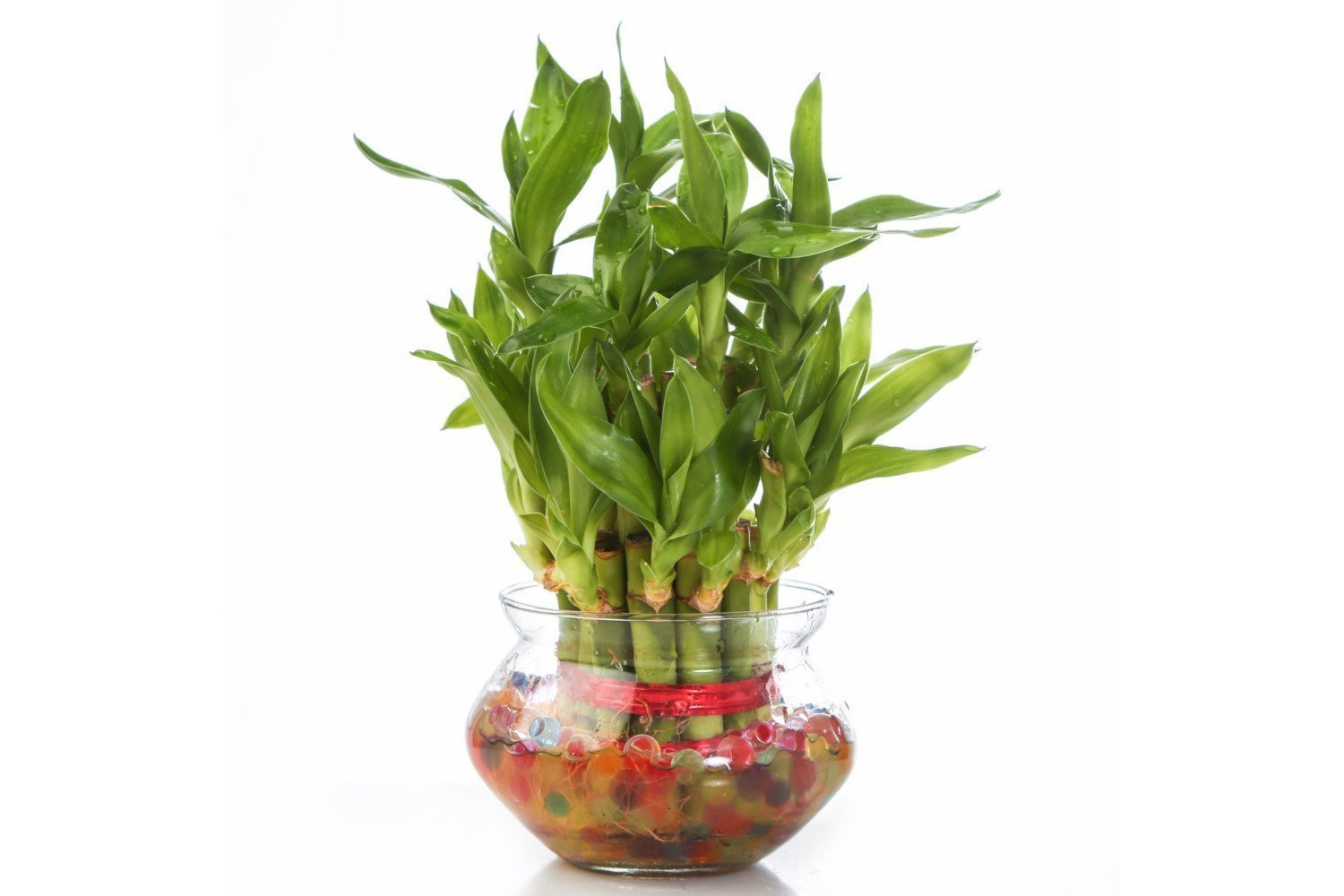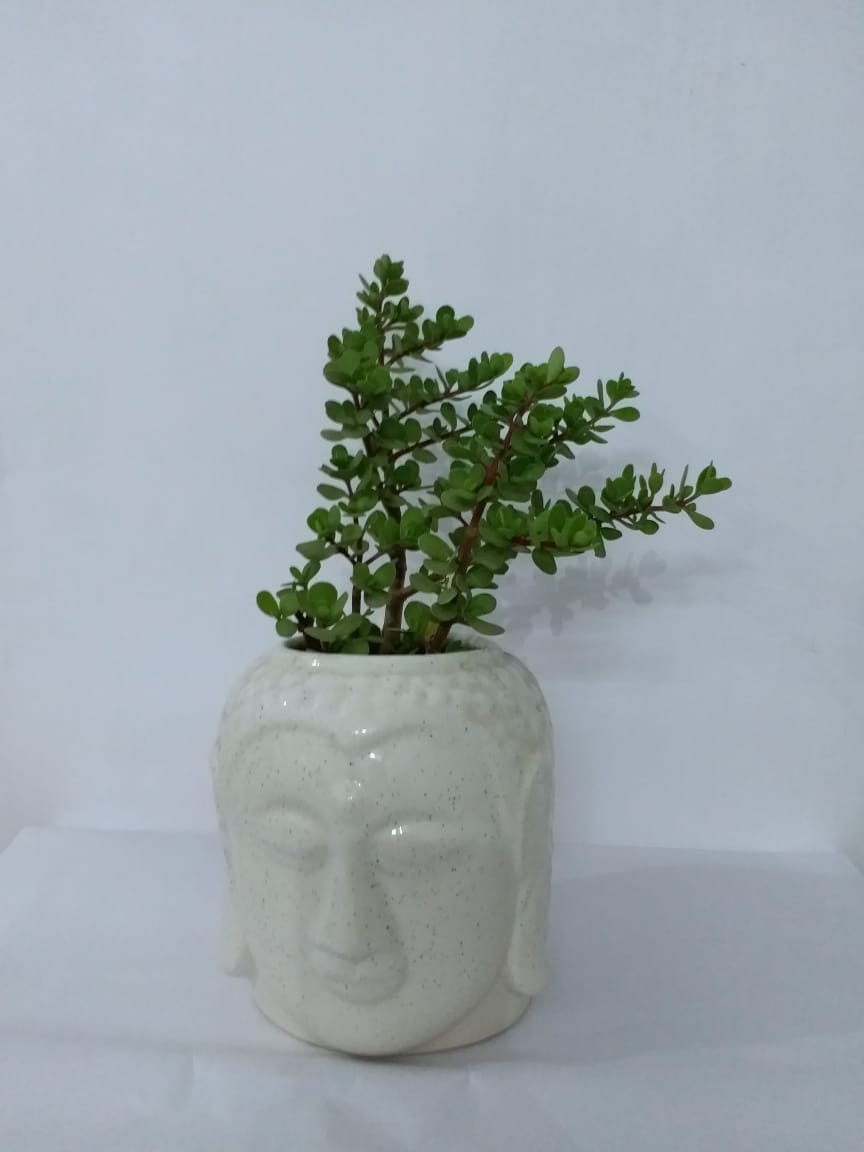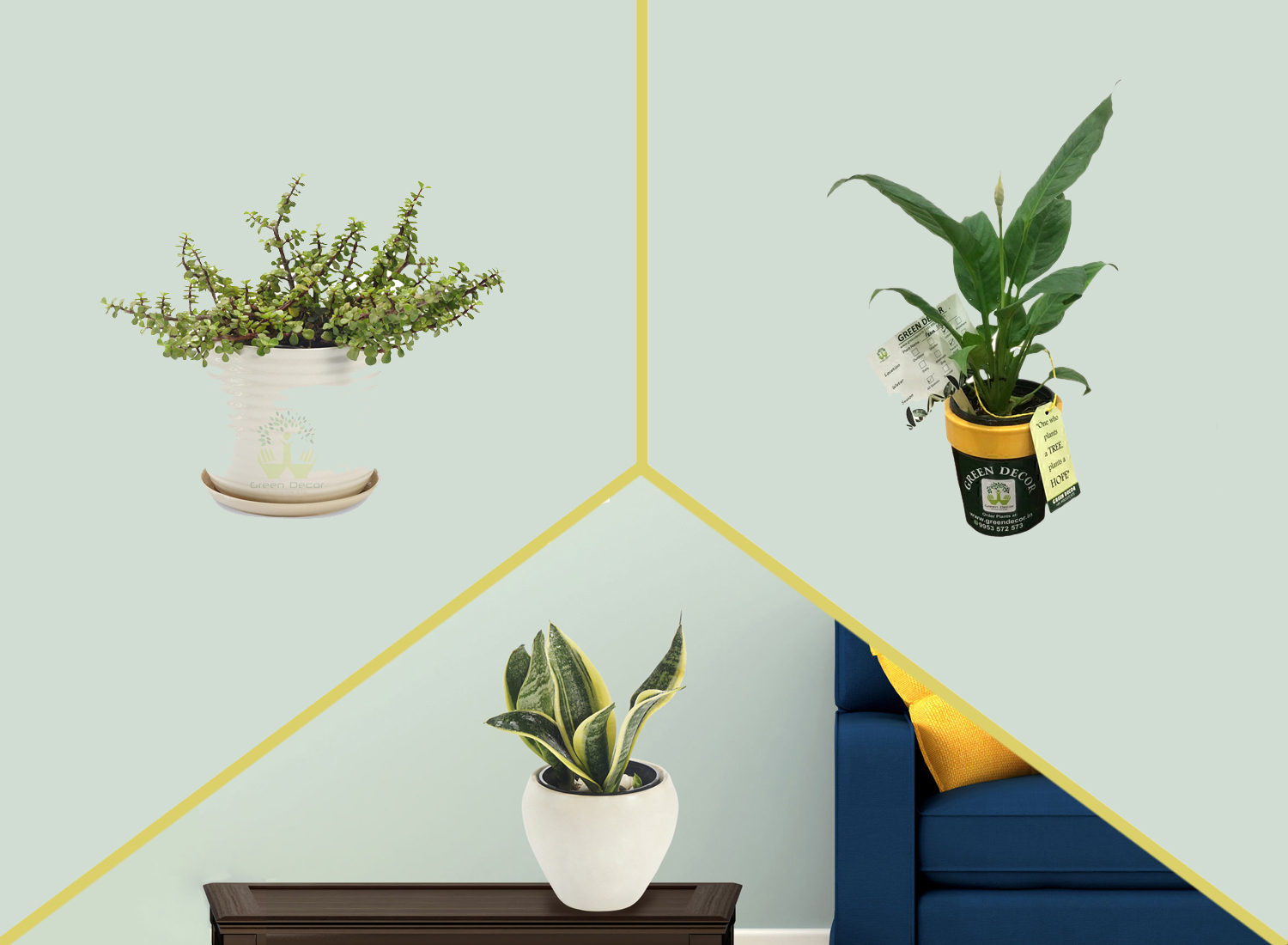Golden Juniper
495
Maintenance Level
Moderate
Placements
Outdoor-Sunny
Toxic
NO
Fragrance
Low
Seasons
Spring Summer
Plant Height
12" to 24"
Water Frequency
Winter
Alternate Day
Summer
Weekly
Fertilizer Frequency
Winter
Every Month
Summer
2-3 Month
- About Golden Jun..
- How To Grow Golden Jun..
- Benefits of Golden Jun..
- Maintenance Tips
- Shipping Info
There are more than 170 cultivated varieties of juniper, including low-growing ground cover or edging plants, shrubs and trees. The shapes include narrow columns, tight pyramids, and rounded forms that spread as wide as their height or more.The fragrant foliage can be either needles or overlapping scales. Some shrubs have both types of foliage because the leaves start out as needles and transition to scales as they mature.
Soil Need
Loamy Soil
Fertilizer (type)
Nitrogen Phosphorus Potassium Fertilizer
Growth Pattern
Slow
Pruning
1-2 Month
Re-Potting
Every 17-18 Month
Process :
1. Junipers do best with full sun, but they can also survive well in partial shade.
2. Most juniper varieties tolerate a wide range of soil conditions, but the soil must be well-draining.
3. Thoroughly water the juniper in its container, soaking the soil and making it more compact.
4. Apply fertilizer twice a year. Fertilizer should be mixed into the soil around the junipers once in the early spring. Apply fertilizer once more in the late summer.
1. Used to Treat a Very Wide Range of Ailments
2. Juniper Shrubs Provide the Landscape with Well Defined Structure
Do's
1. They tolerate hot, dry conditions quite well, and they often thrive in poor soil.
2. They are also resistant to most pests and diseases.
Don'ts
1. Junipers can occasionally be affected by fungal diseases, but these can be prevented by planting in well-draining soil, and taking care not to space your junipers too close together.
2. Overcrowding leads to poor air circulation for inside branches, creating the perfect environment for funguses to grow.

